This comprehensive guide dives into the world of product content, explaining its importance for eCommerce success and outlining the key elements for crafting compelling content that drives sales and conversions. It covers everything from understanding your target audience to leveraging SEO and creating high-quality visuals.
What is Product Content?
Product Content can be a description of features and specifications of products, along with customer reviews and tips from sellers, which are submitted on eCommerce platforms in an attempt to assist customers make wise purchasing decisions. This involves obvious pieces of information such as relativity, pictures, movie clips, ratings, and data sheets. Excellent product content plays a significant role in advertising, creating brand credibility, enhancing website traffic, and consumer conversion.
The Importance of Product Content
Strong product content is crucial for consumer education and convincing the consumer to buy your product and meeting sales targets. It is crucial to ensure that the produced content is relevant, reliable, and stimulating to the readers’ interest, with the aim of gaining their brand loyalty. Nevertheless, the challenge is to generate product content that is visually engaging, precise, and coherent with the product across different devices.
Challenges in Product Content Creation
The essence of product content generation is that it is created uniformly across all platforms, staring at the problematic pagination, and working with the tendencies and instruments used nowadays. The chosen tools for content management have to be selected correctly. It is evident that high-level quality content affects the satisfaction of the consumers and their levels of loyalty.
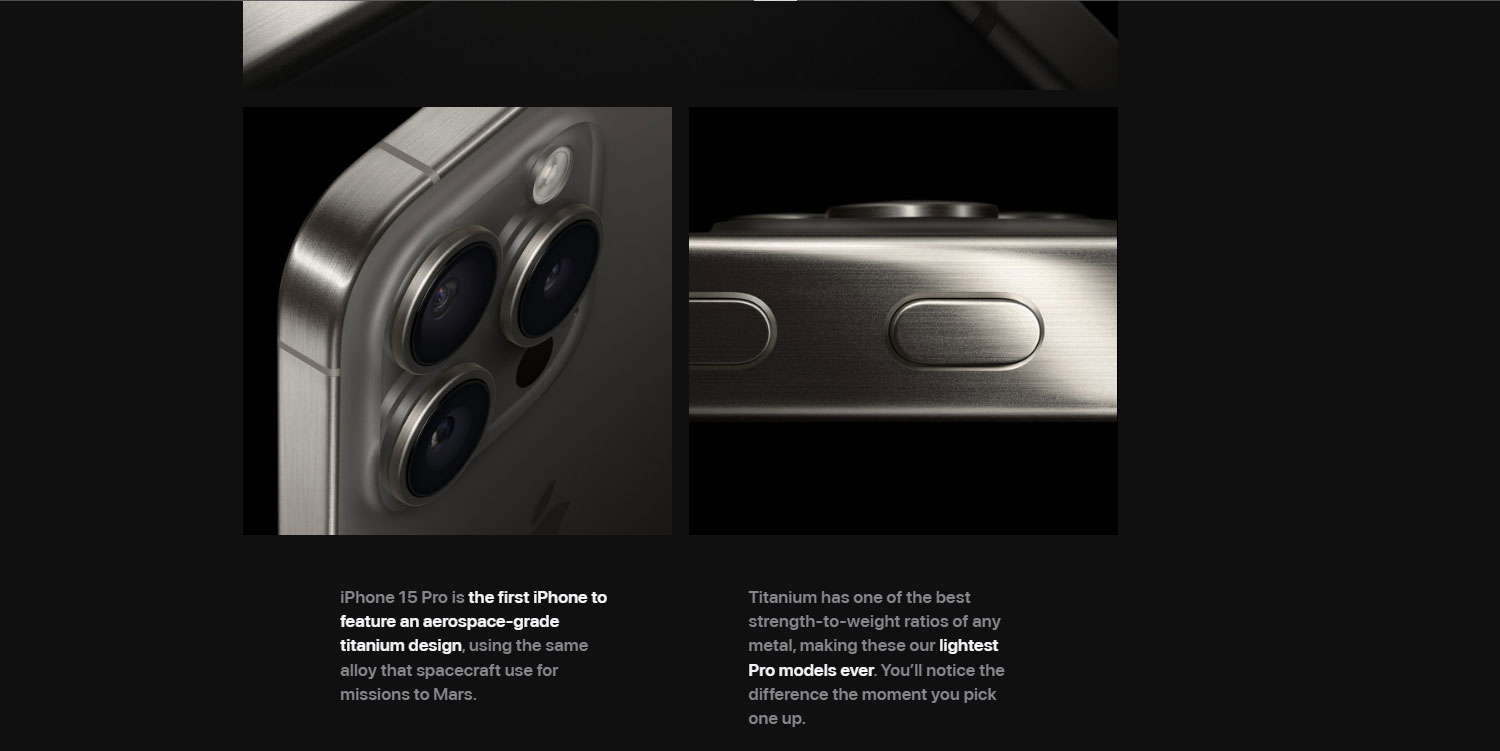
Examples of Effective Product Content Strategies
Source : https://www.apple.com/
Apple: Combines high-resolution visuals, user-oriented data, and emotional appeals
Patagonia: Focuses on quality, honesty, and sustainability, sharing detailed information about materials and processes
Glossier: Utilizes consumer data to encourage user participation and experience sharing
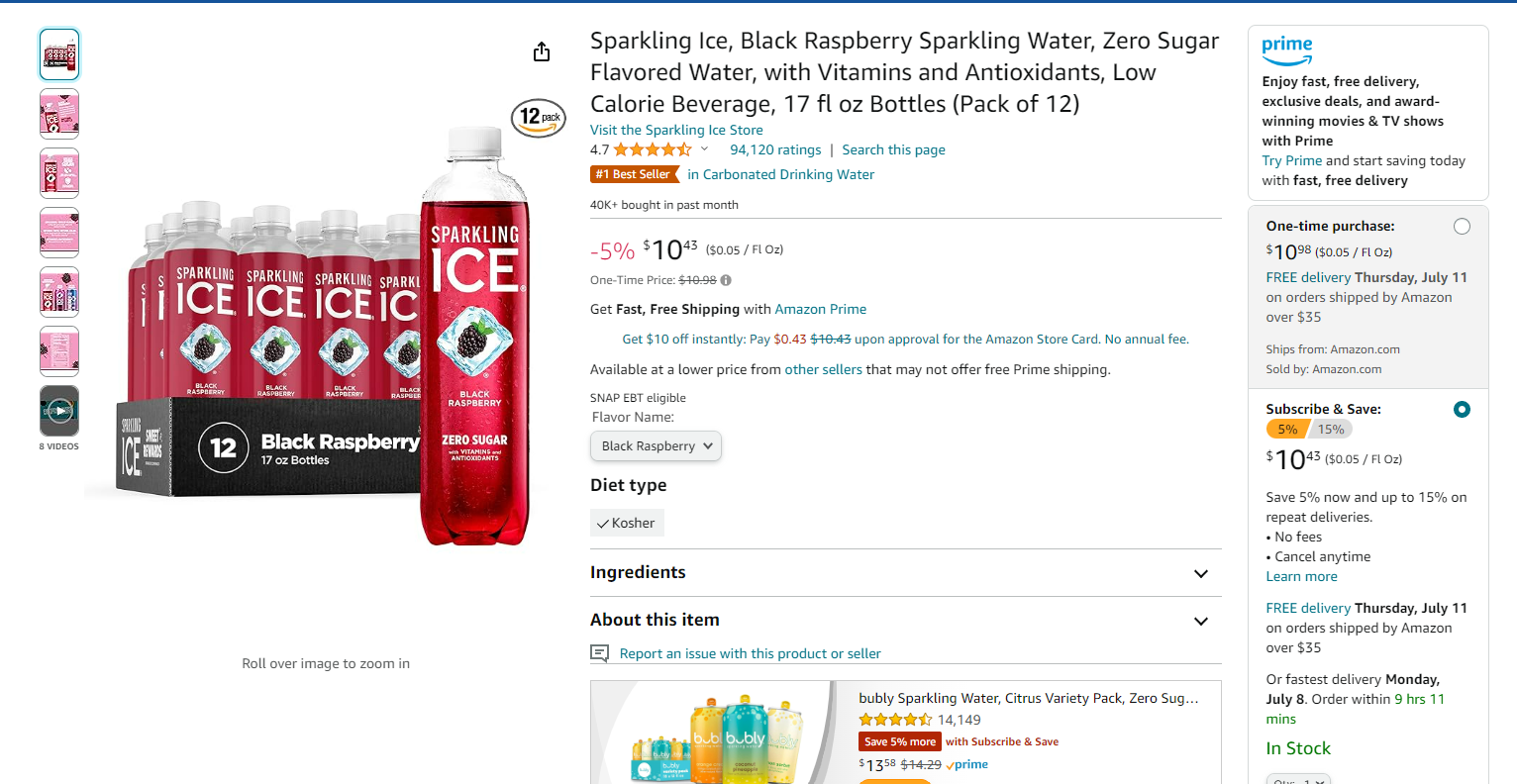
Source: https://www.amazon.com/
Amazon: Provides detailed product information and customer review.
Nike: Uses emotional and engaging content, often highlighting athletes overcoming hardships
Tesla: Highlights innovation in the automotive industry, as well as sustainability sectors
IKEA: Appeals to consumers’ emotions and offers practical home furniture solutions
Warby Parker: Offers an easy and uncomplicated eyeglasses online purchase
Airbnb: Entices clients with unique travel experiences from around the world
Sephora: Focuses on self image and physical enhancement by offering extensive information regarding beauty products.

Some other examples to elaborate upon include Tesla regarding innovation in the automotive, as well as sustainability sectors, IKEA regarding practical home furniture solutions, Warby Parker for dealing with getting eyeglasses online without having to navigate through many complicated choices, Airbnb for providing clients with unique travel experiences from around the world, as well as Sephora for extensive information regarding beauty products.
Improving Customer Experience with Product Content
Product content has one of the most defining roles in influencing the buyer experience. This pertains to descriptions, graphics and animations bolster the emotional appeal and give the potential consumer a better physical feel about the product. Other strategies like personalization of products and services, as well as optimizing for SEO, enhances the overall levels of customer satisfaction and interaction.
Components of Effective Product Content
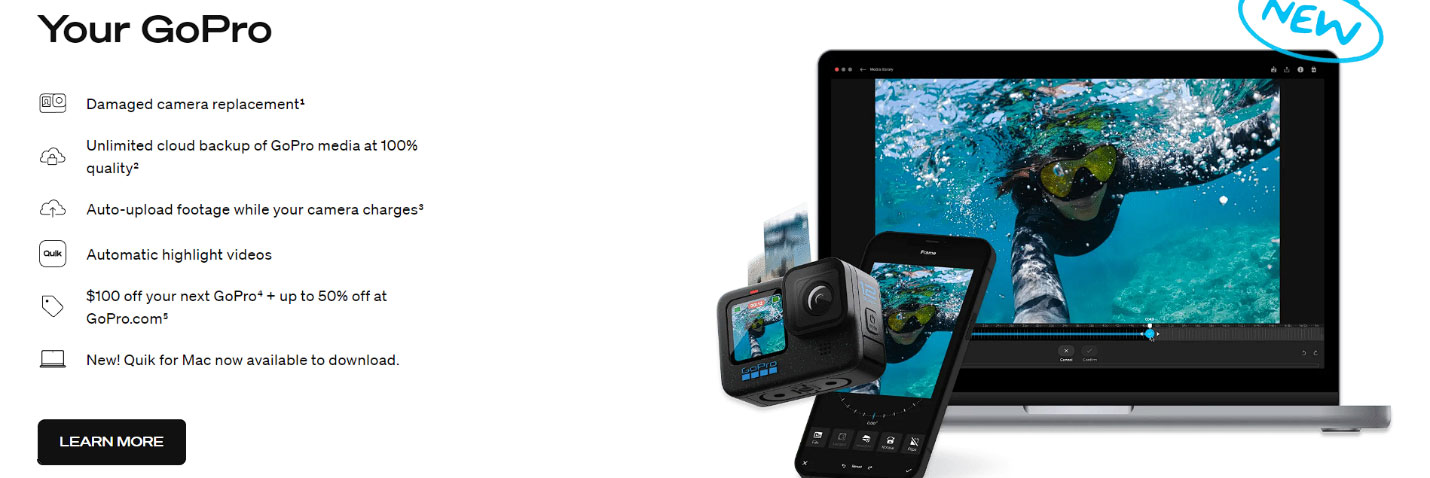
- Product Detail Pages (PDPs): Include short and long descriptions, focusing on product benefits
- High-Quality Images: Essential for representing products, with guidelines for professional photography and image standardization.
- Videos: Provide demonstrations, unboxing, user guides and draw in potential buyers
- User Manuals and Guides: Should be straightforward and concise
- FAQs: Address common questions, concerns and expectations.
- Marketing Copy: Persuasive text highlights product benefits and unique selling points
- Metadata: Optimizes keywords and integrates rich media for better search engine ranking
Future Trends in Product Content
- Augmented Reality (AR): Enhances interactive content
- Artificial Intelligence (AI): Personalized content and improves customer interactions
- Interactive Content: Engages customers more effectively
- Sustainability Information: Builds transparency and trust
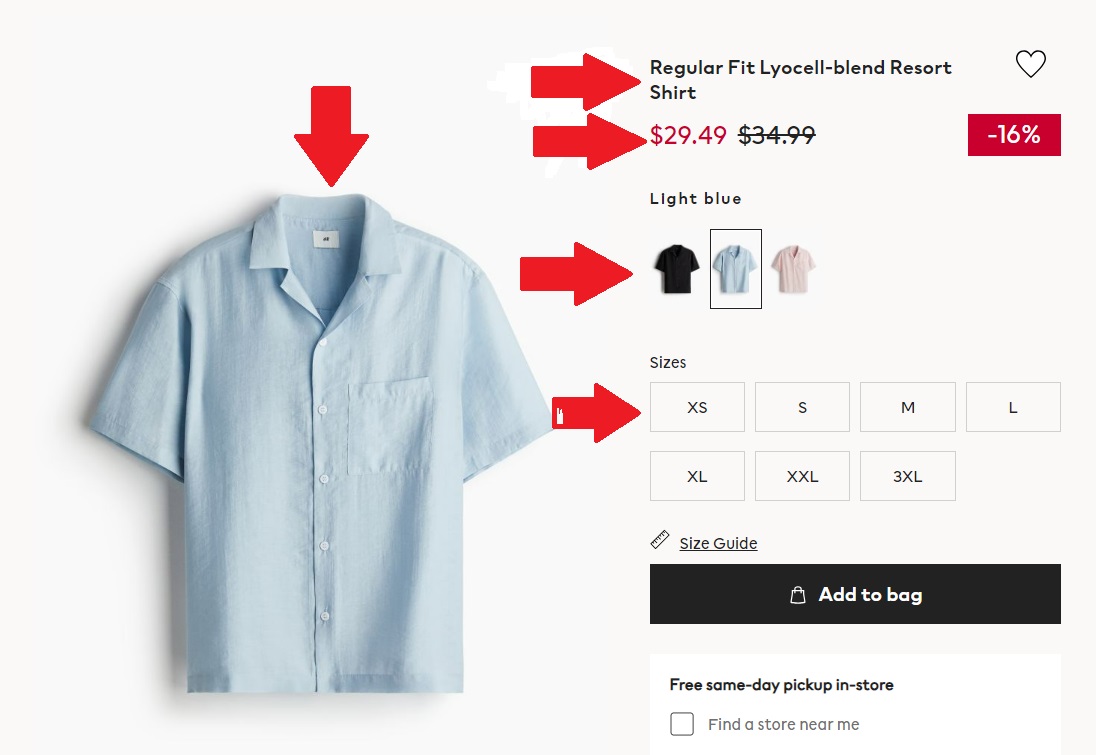
The Role of Product Descriptions
Product descriptions form the most crucial aspect of the sales since they define customers’ decision-making. They should capture the reader’s attention and be directed to a specific audience. This is a critical area since organizing multiple articles that direct a buyer to the same page with replicated content can have an adverse impact on visibility. Graphic displays and shorter phrases read better than long, detailed information
Common Mistakes to Avoid
- Overemphasis on Information: Keep descriptions concise and to the point.
- Ignoring Mobile Users: Ensure content is mobile-friendly.
- Low-Quality Photos: Invest in high-quality images.
Impact of Product Content on Consumer Purchases
High-quality and relevant information will attract and draw in customers to a brand. Information about the product provided by manufacturers aids in a decision-making and building a trusting relationship. Content plays a key role in competing with competitors.
Customer Loyalty as the End Goal
Retaining existing customers can be more beneficial than finding new ones. Valuable and entertaining content promotes brand loyalty and can largely improve the level of customer satisfaction.
Influencing Consumer Decisions
Product information plays a critical component in the eCommerce sector. When translating product descriptions and other textual information into high-quality information, eCommerce businesses have an opportunity to attain a much higher degree of market presence and sales success. The following are some measures that ensure that businesses are successful in the increasingly competitive online platform: First, businesses need to adopt technologies to meet needs. Second, they to be informed on the latest trends in the market. Third, businesses need to put much emphasis on customer satisfaction.
Now that we have understood “what is product content” let’s dive into the “Importance of Product content” for a business.
Why Accurate Product Content is Important?
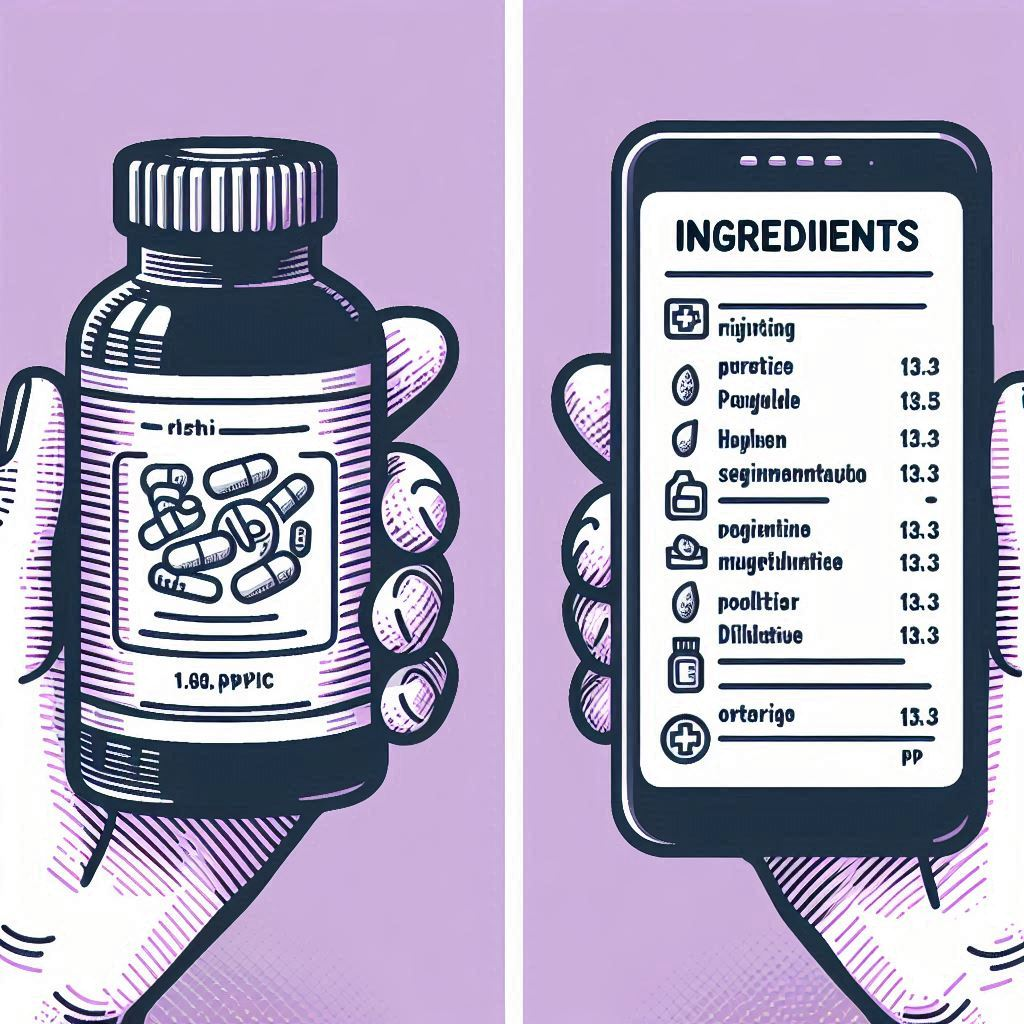
Accurate product details are essential for business growth and development. This article underlines the aspects of safety, productivity, satisfaction, transparency, and differentiation as its key contributing factors of product content in today’s digital marketing schemes. To understand the importance of product content we must first identify why Product Information is crucial.
Five Reasons Why Product Information Is Crucial
1. Innovating with Safety

Safety information is crucial to customer satisfaction. Writing detailed safety guidelines enables users to follow proper usage instructions, to avoid damage to the product or harm to the themselves; harm which can lead to legal cases for a company.
2. Enhancing Productivity and Efficiency
Effective product organization, in respect to sorting, simplifies business functionality by minimizing the amount of time spent searching for information. Through cataloging and systemizing data, efficiency increases and cross-departmental collaboration improves
3. Improving Customer Satisfaction
Comprehensive knowledge of the product makes the buying experience more gratifying for consumers. Detailed descriptions and vibrant pictures assist the customers in making the right orders. This is even more important for eCommerce companies, as precise information is a key factor that may shape consumers’ decisions.
4. Building Transparency with Customers
There is nothing as sweet as customers trusting businesses because of the transparency involved in business activities. This trust is built on accurate information.
5. Differentiating Your Brand
For the reasons stated above, handling of product details can mark the difference between one firm and another. This also shows how customers are willing to dig deeper and purchase from a brand that ensures that they provide detailed and easy to understand information about the products that it sells to consumers.
The Key to Attracting Customers: Understanding Descriptions

High-Quality Descriptions
The role of product descriptions are to build a bridge between buyers and sellers, merchants and customers. They formalize meaning, create associations, and set products apart from similar ones. Improved detailed descriptions enable customers to make more informed decisions towards the purchase of a product.
The Power of SEO

SEO improves the overall website ranking, authority, and the quality of the visitors that the website attracts. Optimized content ensures that companies get better positions on search engine reference pages, making more visitors who are likely to convert to buyers access their sites. SEO also, over a long period of time, is cheaper than constant advertisement costs since it ensures a steady stream of traffic.
Reducing Rate of Returns with Accurate Product Content
Clear and precise product description prepares consumers for exactly what they are buying. This in turn reduces returns and loss of profit. High quality visuals allow consumers to see products in their hands, which reduces disappointment on product arrival. Customer reviews and ratings are other essential factors as they boost customer-confidence, thus minimizing the chances of customers returning merchandise.

What is Product Content Strategy?
It takes into account matters such as content creation, development, editorial check, release, and maintenance. The strategy aligns the objectives of teams responsible for content production, helps to establish the targets of sharing it, allocates resources, and improves brand credibility. It is equally important to come up with unique approaches to the content, as well as its individualization, in order to outperform competitors and develop loyal customers.
Evolution of Content: Turning Information into a Product
Traditional wisdom states that content is merely informative and now it is becoming a product. Content has become marketable and is now a source of value, and a way to make money, and needs constant tuning..
Utilizing Product Content in Present-Day Society
Effective utilization of product content spans various areas:
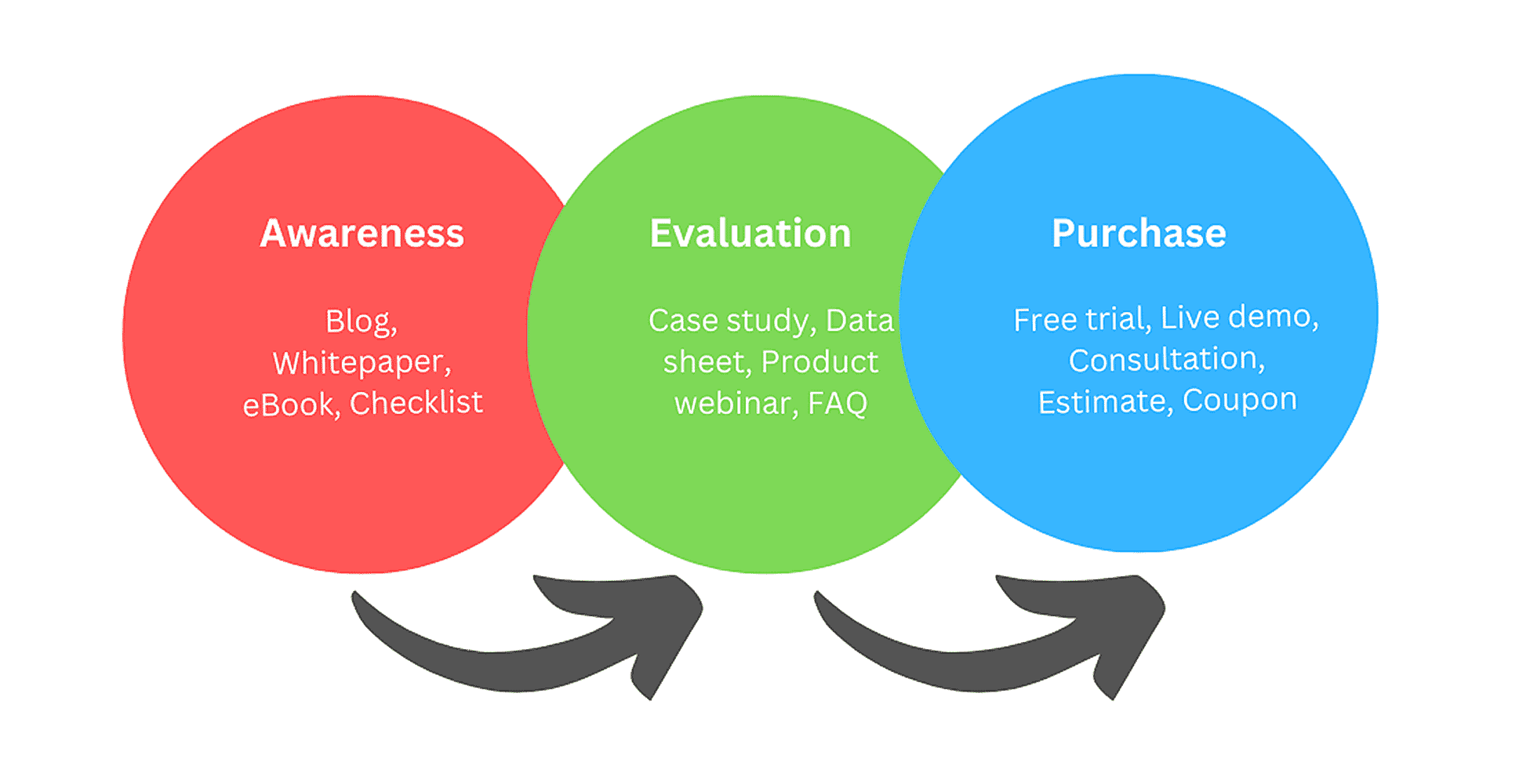
- Education and Learning: With contemporary e-courses, tutorials, and educational videos, everyone can attain enhanced understanding.
- Entertainment and Leisure: Music and shows stream and update accounts and posts for people around the world.
- Information and News: Blogs and social networks provide videos and comments of current events and personal observations.
- Marketing and Branding: Blogs, videos and social network posts serve as advertisements for goods, services and brands.
- Community and Social Interaction: Community services and forums are an integral determinant of strengthening social relatedness.
These are some areas where we can utilize product content for better communication, engagement and more. Let’s look further into how we can create excellent and original content for our audience.
Challenges in Creating Good Product Content
Creating high-quality content involves several challenges:
- Content Overload: Too much information is being flooded in the media or social platforms.
- Monetization Pressures: In all sustainable income necessarily involves monetization of value proposition and diversification across multiple sources.
- Quality vs. Quantity: Striking a good between generating contents over a certain period of time and making sure that the contents are of high quality.
- Copyright and Ownership: Challenges in managing and understanding the concept of copyrights, and ownership of contents.
- Algorithmic Changes: An accumulation of content that has been created to work with older algorithms through the new platform updating its concealed characteristics.
Once we have understood the challenges in creating product content, let’s talk about an equally important topic of Audience Engagement. In this section we will dive into how we can use some techniques to improve the engagement between us and the audience for better communication.
Practical Steps for Enhancing Audience Engagement

- Building Authority and Trust: Delivering relevant material intensifies reliability, which fosters trust in the target demographic.
- Monetization Opportunities: Another way that content as an asset is advantageous is through differentiation of revenue generation avenues.
- Long-Term Sustainability: This way, activity levels are kept constant, and viewers return repeatedly to engage with the same posts.
- Audience-Centric Approach: This action of considering the audience’s needs or desires ensures loyalty and improves customer interactions.
- Embracing Creativity and Innovation: The creation of other novelty and creativity will reach out to some groups of people in the society than the other since it will be popular to the audiences.
Everything about Content!
Well-drafted product content is highly significant for customer satisfaction and improved organizational performance, as well as to attain competitive advantage. Accurate product description is helpful in eliminating returns, helps in the development of trust and leads to improved satisfaction. Applying SEO enhances online reach and relevance, getting to the targeted traffic and optimizing conversion. Therefore, the idea of creativity and customization must be adopted by firms so that they can be able to form solid long-term bonds with their customers to ensure good business and results.
Now that we have covered the “WHAT” and “WHY” about the Product Content, let’s understand the “HOW”. In the upcoming part, we will discuss “how we can create Compelling Product Content” to drive sales and achieve long-term business goals.
How to Create Compelling Product Content
Creating compelling product content is a bit challenging because of competition and pressure. However it is essential for engaging customers and driving sales.
Let’s break it down in a simple way.
Here are some of the key principles and best practices for developing effective product content:
12 Best Practices for Crafting Compelling Product Content
1. Understand Your Audience
- Market Research: Questionnaires, focus groups and interviews on the target audience provide data regarding them.
- Create Buyer Personas: Gather additional background information on your target audience, including any key demographic data, interests, or behavior’s.
- Analyze Competitors: The nature and trends of your competitors’ information should be analyzed to determine how your audience likes to be served and where you can distinguish yourself.

Once you understand who our target audience is, let us discuss objectives. Objectives play an important part in developing product content and they form a blueprint which helps draft long term goals..
2. Define Clear Objectives
https://www.linkedin.com/pulse/kpi-key-performance-indicator-sanaz-amini
- Set SMART Goals: Create objectives that are SMART -Specific, Measurable, Achievable, Relevant, and Time-bound..
- Identify Key Performance Indicators (KPIs): Identify the scales Using parameters like conversion rates, engagement levels, and organic traffic.
After setting a clear set of objectives, now it’s time establish a value proposition
3. Develop a Strong Value Proposition
- Highlight Unique Features and Benefits: Describe the ways in which your product or service offer a better value proposition by solving problems that others don’t
- Craft a Compelling USP: Develop a strong and brief Unique Selling Proposition statement summarizing the main value proposition..
4. Craft Engaging Product Descriptions

- Use a Conversational Tone: Using this tone will make the reader comfortable and provide information in an easily understandable and interesting way.
- Focus on Benefits Over Features: Value and experience derived from using the product surpasses features, in most instances.
- Keep It Concise: Format it clear, easy to understand and ensure the use of bullet-point styles for easy comprehension.
Crafting 6 to 7 big paragraphs won’t do any good for your content.
So what is the solution?
The best way to create engagement and relay information are Images!!!. Adding high quality images for reference can play an important role to attract customers and create that initial hook.
5. Leverage High-Quality Visuals
- Professional Photography: Include high-quality pictures / cinematography that capture the product from different view angles and in action.
- Videos and Demos: produce short videos showcasing how the product works and what you can gain from it.
- Infographics: Incorporate graphics in reporting and analysis so that large amounts of information can be illustrated and communicated in an easy manner.
To bring in the organic traffic. Don’t forget SEO
6. Optimize for SEO

- Keyword Research: By using Google Keyword Planner, SEMrush or Ahrefs, customers can find out important keywords to focus on.
- On-Page SEO: Optimize primary and meta keywords into title tags, URL strings, descriptions, and alt tags of images.
- Technical SEO: Plan on having a mobile complaint site that loads fast and is easy to navigate about the site.
You must have heard this phrase, “Customer is king”
Why is it said so?
It is because a review of each and every customer brings a major effect to our products.
Let us understand how.
7. Incorporate Social Proof
- Customer Reviews: Showcase genuine customer feedback with an aim of building trust
- Testimonials and Case Studies: Provide as many examples as possible, which show that courses run smoothly and create only positive outcomes.
- User-Generated Content: Acknowledge the feelings of customers and invite them to share their own images and videos with your product.
Personalized product content creates a feeling of belonging and customer retention.
8. Personalize the User Experience
- Segment Your Audience: The content should be targeted and aligned to fit various categories of audience which include demographic, behavioral and psychographic segments.
- Dynamic Content: Engage specific users and target them with product pages according to their activity and interests.
- Personalized Recommendations: Employ the use of AI in recommendation of a product that meets the interests of each customer.
CTA’s or Call to Actions are some mighty tools which when used appropriately can convert customers on the brink of a purchase. Hence, understanding the why, when and how about CTA’s is crucial.
9. Use Compelling Calls to Action (CTAs)
- Clear and Direct: Utilize simple CTAs, such as ‘Buy Now’ or ‘Learn More’ depending on what the company wants its customers to do.
- Prominent Placement: CTAs should be placed at vantage points of the page to increase the magnitude of visibility.
- Create Urgency: Apply time-sensitive label words to ensure the customers purchase the products quickly such as ‘Limited Stock. ’
We should also innovate the user experience for our customers to get a unique way of navigation process.
Let me guide you to improve UX.
10. Enhance User Experience (UX)
- Intuitive Navigation: Make sure your website is split into logical categories that orient the visitors to desired products
- Mobile Optimization: Responsive web design or mobile friendly websites are essential
- Fast Load Times: Graphics should be optimized to enhance the speed of the website and the using ‘Content Delivery Network’ CDN enhances experiences
Let’s dig more in creating and sharing content which is valuable for both the company and the audience that is divided into various types of categories
11. Create and Share Valuable Content
- Blog Posts: Writing articles that are relatively professional and relate to your product type or industry..
- Guides and Tutorials: Add manuals or information of how to use it as well as checklists to ensure customers get the best out of the unit.
- Social Media Content: use social media platforms to increase traffic to your site.
The final and the most important stage of them all is to monitor and keep track of the performance.
12. Monitor and Analyze Performance
- Analytics Tools: It is crucial to use relevant instruments in tracking aspects such as traffic and or conversion rates by using a Google Analytics instrument.
- A/B Testing: Try out various headline and image choices, and various CTAs to know the one that will appeal more.
- Customer Feedback: Ensure that you are using and collecting feedback from your customers, which will enable you to update and enhance your content regularly.

Let’s take an example to have a solid understanding about crafting product content.
Example: Crafting Compelling Product Content for Wireless Headphones
- Understand Your Audience: Target audience is people constantly using technology, travelling often and frequent users of the gym.
- Define Clear Objectives: The key KPI here could be setting a target of increasing the product page conversion rate for a given product to 20% within six months.
- Develop a Strong Value Proposition: To boost their chances of success, one needs to underplay aspects such as physical design and instead focus on features such as higher sound loudness, noise cut, and the battery backup.
- Craft Engaging Product Descriptions: The proper headline should be “Make Your Audio Listening More Enhanced with Our Top Wireless Headphones”, with subheadings and more elaborative prose to focus on potential advantages to the consumers.
- Leverage High-Quality Visuals: Add photos and videos of product usage and effectiveness
- Optimize for SEO: Make accurate use of tags such as ‘wireless headphones’ and ‘noise cancellation headphones” in the titles and descriptions.
- Include Social Proof: Add customer feedback and customer reviews or ratings that can be ONLY collected by using user-generated content.
- Personalize the User Experience: Organize the content of the segments for distinct classes of users and offer suggestions that are relevant to the person using a particular option.
- Use Compelling CTAs: Ensure prod-CTAs like ‘Purchase Now’ and use elements such as ‘Restricted Time Offer. ’
- Enhance User Experience (UX): Easy navigation, mobile responsiveness, and fast loading speed of the site.
- Create and Share Valuable Content: To remain relevant, you should produce blog posts, guides, and social media content focusing on headphones.
- Monitor and Analyze Performance: Digital Marketing based on content and analysis must be done in a continuing cycle of A/B testing and analytics on the results of the content strategy.
In a Nutshell…
The product content should contain information and emotional appeal.
This point shows that issues such as audience analysis, clear business objectives, and content quality plays a crucial role in engaging consumers and converting them into customers.
Moreover, when the content characteristics of the website are combined, SEO, personalization, and influence by others’ choices improve content impact.
Keeping performance to par through constant assessments and reports ensures relativity and high results
These practices would enable the production of effective product content that conveys information, captures the consumer’s attention, and persuades them to make a purchase.
How to Master the Digital World with Advanced Strategies for Product Content Management (PCM)
In the current environment, PCM initiatives must go beyond conventional management principles to meet the demands of today’s learning organizations. This industry has experienced exponential growth in e-commerce sales, coupled with heightened requirements for tailored consumer knowledge. This article breaks down and provides insights on what PCM is, how businesses can benefit from it, and the strategies that should be employed to harness the power of PCM.
What is Product Content Management?

Product Content Management (PCM) entails gathering product data and sharing it with different sections or systems. This comprises tangible attributes such as descriptions, specifications, images, videos, customer reviews, and any other information the consumer requires before making a purchase. Advanced PCM uses advanced technology tools and techniques that ensure improvement in efficiency, accuracy, and the level of setting up in all the contact points.
The Importance of Advanced Product Content Management
1. Enhances Customer Experience

Reviews that exemplify those standards in movement
Leveraging on Advanced PCM guarantees client:
- a clear and concise description of the product,
- engaging images
- specific product details and information
- real customers’ feedback
Such detailed information is beneficial in helping customers have an enjoyable shopping experience, guaranteeing trust, and minimizes the chances of customers returning products.
2. Increases Operational Efficiency
Modern PCM Systems have taken various content management functions into them and eliminated repetitive and error prone works. Features like batch processing help in lots of operations, thus enhancing productivity.
3. Supports Omnichannel Strategies

PCM guarantees the supply of fresh data across multiple platforms and channels for customers to have the same, unified shopping experience whether they are interacting with the brand online or through a physical store, through social media or through applications on the phone.
Key Features of Advanced Product Content Management Systems
1. Centralized Product Information Management (PIM)
PIM with stronger capabilities is designed to operate as a central repository that facilitates product information retrieval and sharing across applications. It certainly claims compatibility with multiple languages, currencies, as well as being able to connect with other business applications such as ERP, CRM, and others.
2. Automated Data Enrichment
Incorporating machine learning and AI, state-of-the-art PCM systems proactively adjust information of products and services, including product description and image tagging. This allows information to be given quickly and effectively.
3. Content Syndication
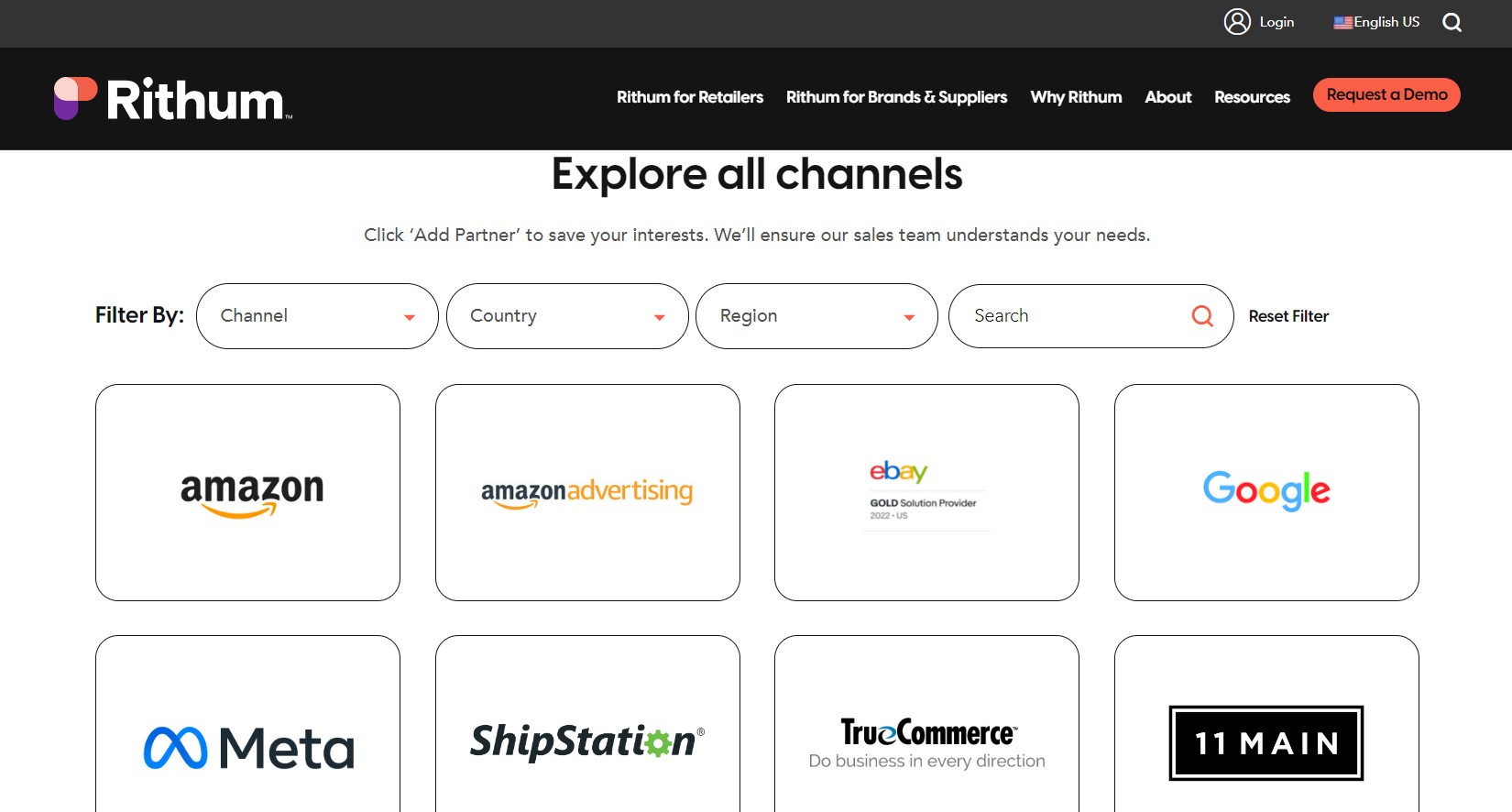
Source: rithum.com
These automated processes push product data through multiple channels, synchronizing them for consistency, which benefits sellers on multiple markets..
4. Digital Asset Management (DAM)
DAM systems are a consolidation of all materials that are digital and linked to a product; this includes images, videos, and documents. DAM systems ensure these assets are ready and neatly tagged and in a format that can easily be repurposed across the different platforms.
5. Workflow Management
Collaboration management tools help in managing and automating the processes of content creation, approval, and publishing of product content. These tools help in the organization of team, in monitoring of the progress in content creating, and in the management of the relationships with all the involved parties.
6. Analytics and Reporting
Modern and complex PCM solutions may contain analytics and reporting tools, while helping companies to gain deeper and more detailed insights of the customers interacting with product information. Such ideas fit well in determining what to publish and when and where; they also assist in filling gaps and tracking the performance of such approaches to sales and customer satisfaction levels.
Effective Strategies for Product Content Management
1. Develop a Comprehensive Content Strategy
Content strategy defines not only the kind of content required by the company, where it will be published but also who it will be targeted.
2. Leverage Technology and Automation
The use of tools such as PIM, DAM, and AI data enrichment to support product data management is advantageous. Recall that using automation, you avoid the handling of repetitive work while the team aims at the important tasks.
3. Focus on Quality and Consistency
Targeting customers through multichannel distribution requires that product details are accurate, detailed, and consistent to build the needed trust with the consumer. Schedules for further audit and update require implementation to continue to provide users with high quality content.
4. Optimize for SEO
Search engine optimization for product content requires:
- top notch pictures or video
- the use of keywords
- proper and engaging description of a product
5. Engage with User-Generated Content
Requesting the customers to post their reviews, ratings and user photos provide more about the product. Users’ contributions are credible and can help to convince potential buyers, while building credibility among the company’s audience.
6. Ensure Compliance and Data Security
The measures of safety and security in the context of regulations are important. Modern and sophisticated PCM systems assist with compliance issues and thus, help increase the security in the data and customers’ trust.

Effective Strategies for Advanced Product Content Management
1. Conduct Regular Audits
Conduct Regular Audits
- Provide regular checks to maintain accuracy and coherency.
- Identify errors and omissions during content quality assurance
- Update content to align with current product capabilities and specifications
2. Implement Version Control
Version control keeps track of changes to the layout of the product, which means that versioning is useful in particularly large-scale organizations as an archive of changes that has been made.
3. Foster Collaboration
Effective coordination among all these groups makes a final output possible, and advanced PCM systems can help to facilitate all the coordination among different groups. Minimum meetings and updates increase the overall effectiveness of the product content.
4. Monitor Performance and Iterate
Metrics such as product page views, procurement and conversion rates helps to monitor the performance of the content and make changes if necessary. That way, readers can come up with healthier ways of cleaning using insights that can be used to fine-tune content strategies.
5. Use Structured Data
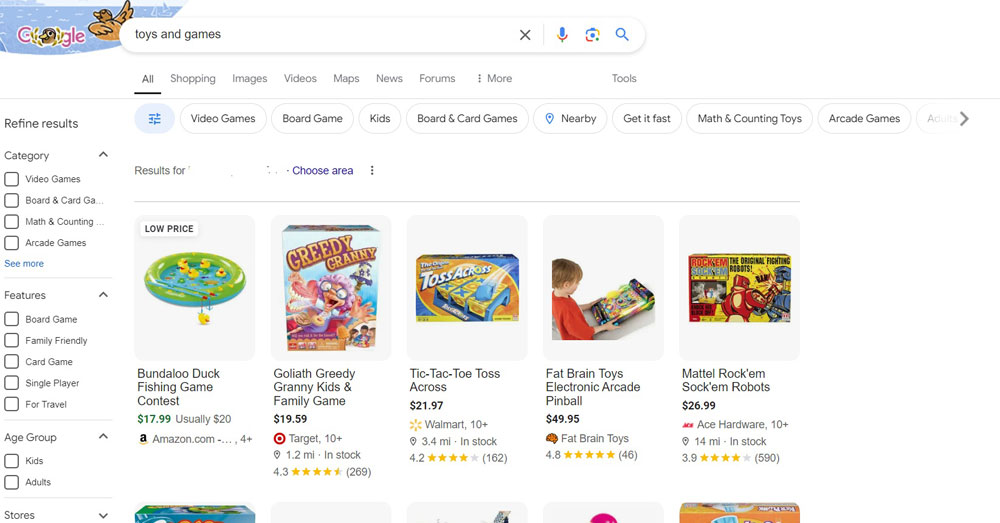
Source: https//www.google.com
Structured data also positions content and respective sites in direct response to search engine queries, enhancing search exposure. Product detailed information is another type of structured data that can contribute to improving SEO and attracting more visitors.
Embracing Innovation: The Future of Product Content Management
1. Progressive Evolution
Future PCM will experience the sophistication of its automation, data enlargement and most of all, product recommendation, from an elaborate data analysis on the consumers.
2. Augmented Reality (AR) and Virtual Reality (VR)
AR and VR helps customers to shop interactively and even gives the customer an experience of the product in their surroundings before purchasing it.
3. Sustainability and Ethical Practices
Giving accurate data of the sustainability of the products they offer and the ethical manner in which they were produced can increase brand loyalty
4. Integration with IoT
Internet of Things provides real time feedback for usage patterns, maintenance requirements and customer liking for improving specificity of product information.
5. Voice Search Optimization

According to the findings of the study on optimizing for voice search it entails using natural language and presenting brief accurate product descriptions, a maturing population which issues voice commands.
Unlock Potential with PCM
For optimizing the performance as well as the customer’s satisfaction, the PCM plays a crucial role. PM is still a rapidly evolving domain; novel and sophisticated technologies ranging from centralized PIM solutions, data automation, and AR/VR, voice search optimization, etc. are defining the future of PCM. Therefore, using such strategies will be effective and make their business successful in the digital environment.
Optimize your product listing at scale
Our AI Content Writer saves you precious time by generating customized content in a fraction of the time it would take manually.
Start for Free


